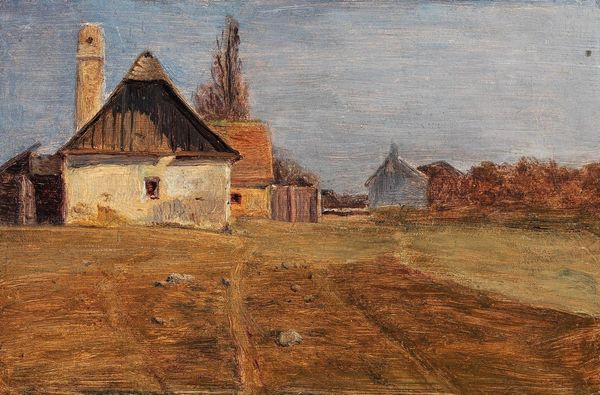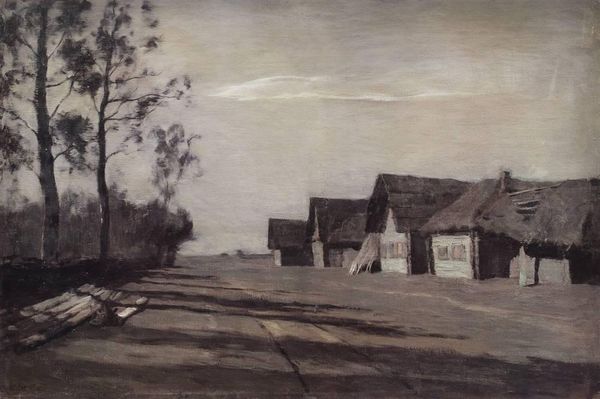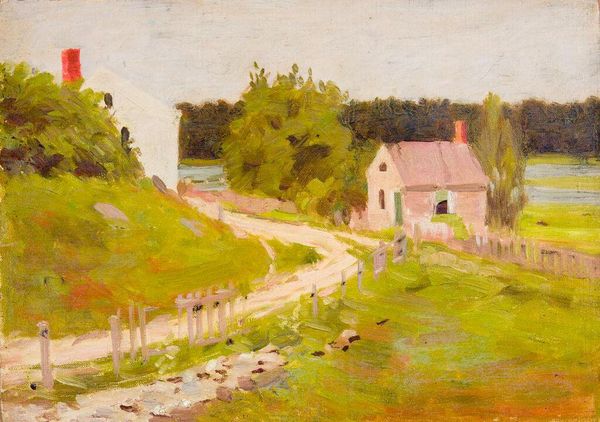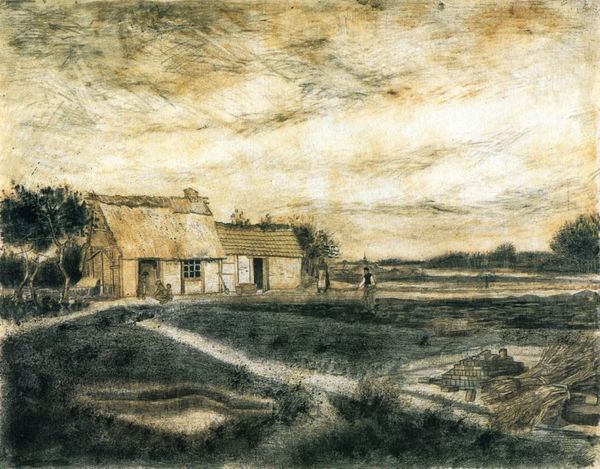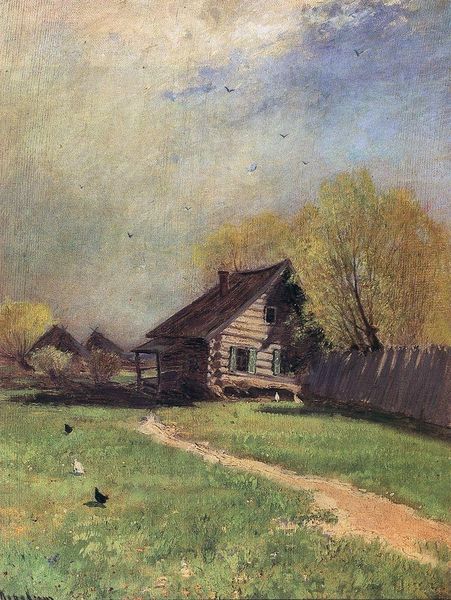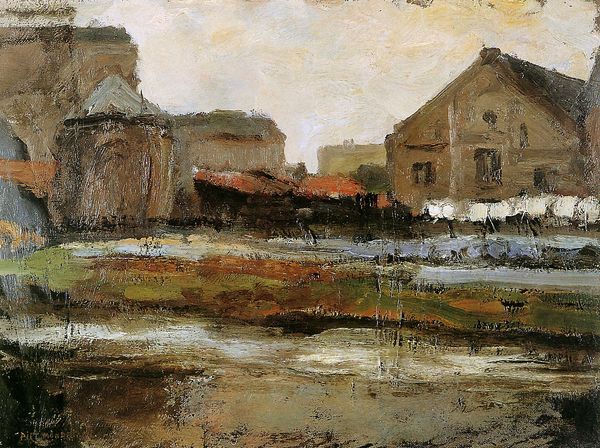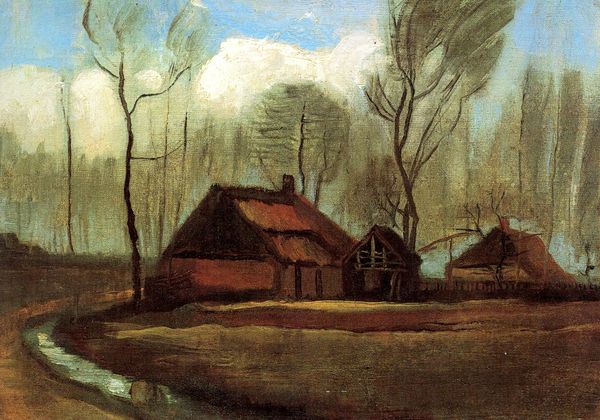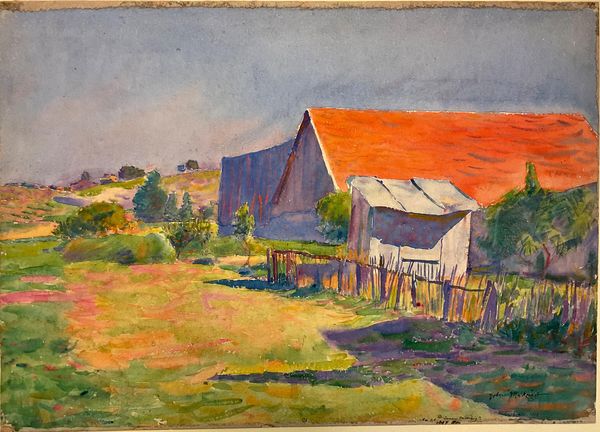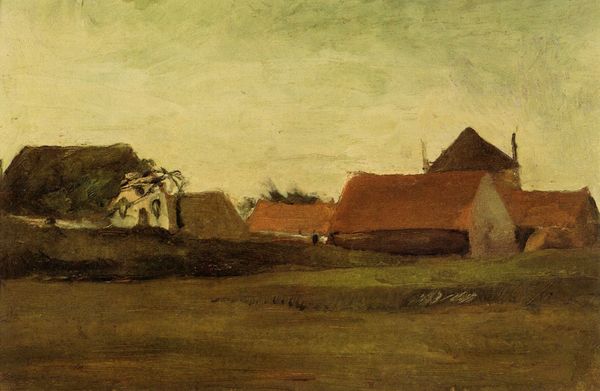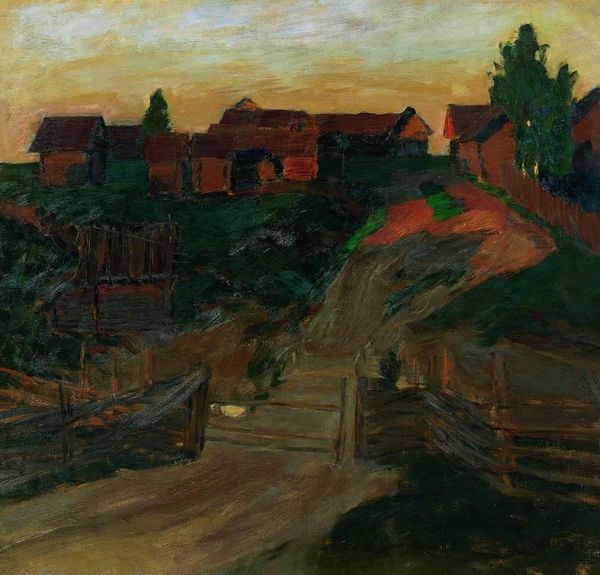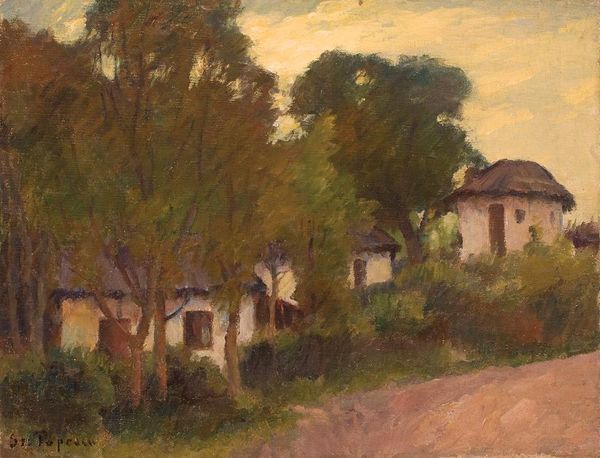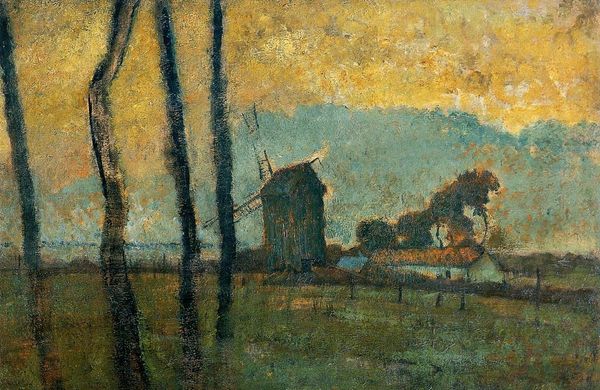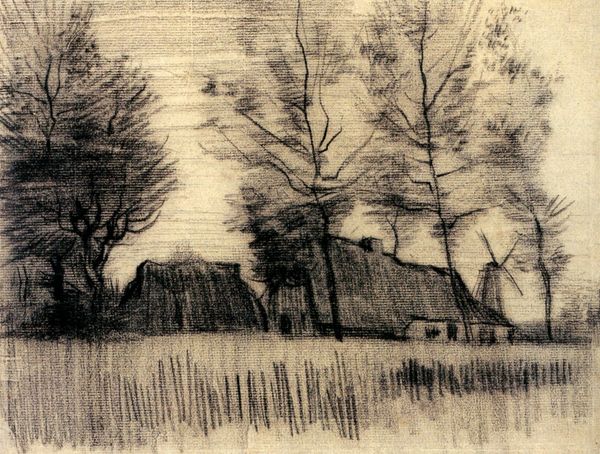
Copyright: Public domain
Edgar Degas made this pastel drawing, Rue Quesnoy, Saint-Valery-sur-Somme, during one of his stays at the seaside town in Northern France. In this evocative image, Degas isolates a humble street, imbuing it with an almost palpable stillness. Made at a time of rapid industrialization and urbanization in France, the drawing can be understood as a form of social commentary. While many of his contemporaries celebrated the dynamism of modern life, Degas often turned his attention to quiet, overlooked corners of French society. The lack of human presence only intensifies the feeling of melancholy. Degas was not overtly political in his art, but his choice of subject matter and his unique artistic vision offered a subtle critique of the social changes reshaping France. Art historians study the artist’s personal life, letters, and the political context of the artwork to interpret its message and understand its cultural significance.
Comments
No comments
Be the first to comment and join the conversation on the ultimate creative platform.
